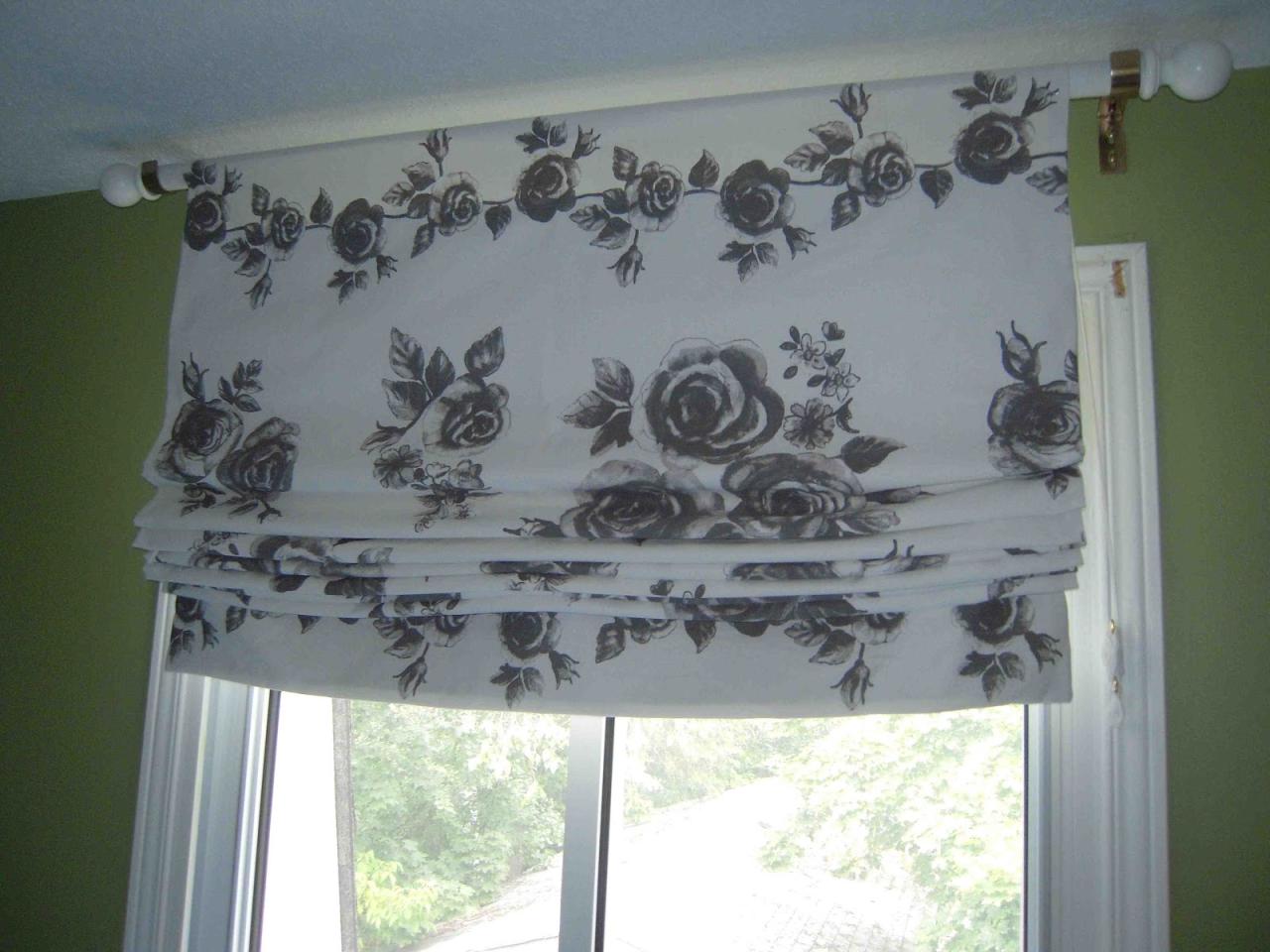Diyblinds – DIY Blinds: Embark on a journey of creativity and cost-effectiveness as you transform your windows with personalized blinds. This comprehensive guide explores the world of DIY blinds, unveiling their advantages, types, and step-by-step installation processes. From choosing the perfect materials to achieving a professional finish, we’ll equip you with the knowledge and skills to create stunning window coverings that enhance your home’s style and functionality.
Table of Contents
The popularity of DIY blinds has surged in recent years, driven by a desire for personalized home decor and the appeal of cost savings. By opting for DIY blinds, you gain control over the design, materials, and installation process, allowing you to create custom window treatments that perfectly complement your interior style.
DIY Blinds: Diyblinds

DIY blinds offer a cost-effective and personalized approach to window coverings. These blinds, which are designed for self-installation, provide a wide range of styles, materials, and functionalities to suit diverse tastes and budgets. With the increasing popularity of home improvement projects, DIY blinds have become a sought-after option for homeowners seeking to enhance their living spaces.
Benefits of DIY Blinds, Diyblinds
DIY blinds offer several advantages over professionally installed options, making them an attractive choice for many homeowners.
- Cost Savings: DIY blinds are generally significantly cheaper than professionally installed blinds, allowing homeowners to save a considerable amount of money on their window coverings. This cost-effectiveness is particularly appealing to budget-conscious individuals.
- Customization: DIY blinds offer a wide range of customization options, enabling homeowners to personalize their window coverings to match their specific needs and preferences. This includes choosing from various colors, materials, sizes, and functionalities to create blinds that perfectly complement their home decor.
- Convenience: DIY blinds eliminate the need to schedule appointments with professional installers, allowing homeowners to install the blinds at their own pace and convenience. This flexibility is particularly beneficial for individuals with busy schedules or who prefer to handle home improvement projects themselves.
Types of DIY Blinds
DIY blinds are available in various types, each offering unique features and benefits.
- Venetian Blinds: These classic blinds consist of horizontal slats that can be adjusted to control light and privacy. They are typically made from materials like wood, aluminum, or vinyl, and are available in various colors and finishes. Venetian blinds are a popular choice for both traditional and modern homes.
- Roman Blinds: Roman blinds are fabric blinds that fold up neatly when raised, creating a smooth, elegant look. They are available in a wide range of fabrics and colors, making them suitable for various interior design styles. Roman blinds provide a more formal and sophisticated look compared to Venetian blinds.
- Roller Blinds: Roller blinds are simple and practical blinds that roll up and down on a spring-loaded mechanism. They are typically made from fabric, vinyl, or bamboo, and are available in various colors and patterns. Roller blinds are a popular choice for modern homes due to their minimalist design and ease of use.
Final Review

As you embark on your DIY blind journey, remember that the process is as rewarding as the finished product. By embracing creativity, meticulous planning, and a touch of DIY spirit, you can transform your windows into stunning focal points that reflect your unique style and enhance the ambiance of your home. So, grab your tools, choose your materials, and let your imagination guide you as you create beautiful and functional DIY blinds.
DIY blinds can be a great way to add a personal touch to your home, but they can also be a bit of a project. If you’re looking for a way to stay organized and on track, consider using a project management tool like project management tools monday.
With its features for task lists, deadlines, and progress tracking, you’ll be able to keep your DIY blinds project moving smoothly from start to finish.
